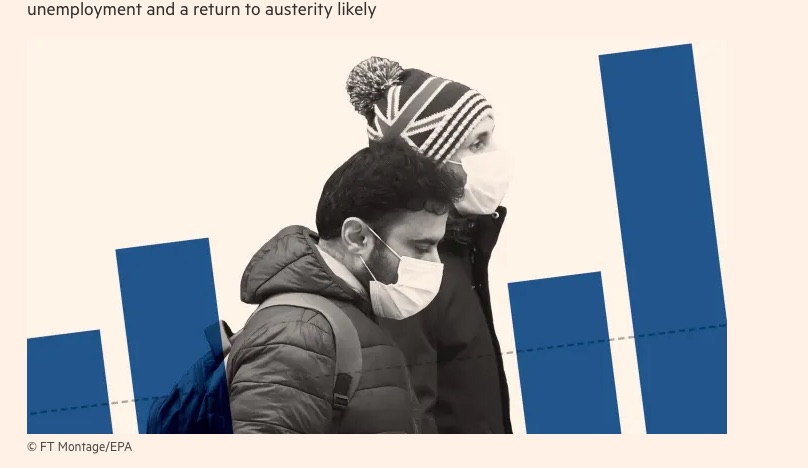The Generic Visuals Team At the Paris ICA

by Chris W Anderson :
The Generic Visuals in the News team spent the last week of May in Paris, France at the International Communication Association (ICA) annual conference, presenting work from the project. True to the mission and spirit of the research, the team shared material from the first two phases of scholarship- focusing on the semiotic analysis of Generic Visuals as well as their deployment during the Covid-19 pandemic- and discussed with attendees aspects of the third and final phase, audience research.
On Friday, May 27, Prof. Giorgia Aiello (University of Leeds) led a presentation titled ““Generic Visuals’ of COVID-19 in the News: Invoking Banal Belonging Through Symbolic Reiteration.” This paper is now published as part of a special issue of the International Journal of Cultural Studies entitled “Covid-19: The cultural constructions of a global crisis”, co-edited by Myria Georgiou and Paul Frosh. Through an analysis of three major news outlets in the UK, the team examined how generic visuals of Covid-19 contribute to these banal visions and versions of belonging and, in doing so, also to foregrounding the role of the state in responding to the crisis.
Also on May 27, Prof. C.W. Anderson (University of Leeds) presented Generic Visuals production research on a panel he organized which looked more broadly at how news organizations produce journalistic meaning through visuals. In the paper (which is based on ongoing research and is being worked on for publication), Anderson argued that studies of visuals in the news focus on either the impact of visuals on audiences or the aesthetics of iconic photographs. This paper looks at the production routines through which non-iconic photographs and data-visualizations are used in journalistic products. Drawing on sixteen semi-structured in-depth interviews with visual producers, designers, and journalists at BBC Yorkshire, The Financial Times, and Reach Media Group, this paper documents (1) the formal mechanisms and work routines through which generic visuals appear in the press across a variety of formats (2) the manner in which journalists relate the production of these visuals to different understandings of their intended audience and (3) the ways journalists engaged in this visual work justify their practices in terms of “good journalism.”
Finally, on Monday May 30, project Post-Doctoral Research Assistant Ariel Chen (University of Leeds) and Prof. Helen Kennedy (University of Sheffield) discussed “Seeing the Future on the News: Journalistic Visualizations of COVID-19 Measures and Predictions,” organized by Dr. Eedan Amin-Danhi, part of a larger panel on the journalistic representation of the future during the Covid-19 crisis. The team undertook quantitative and qualitative content analysis of 518 visuals we collected during our pilot study. This analysis shows that, despite claims about a proliferation of data visualisations in COVID-related news, they are still outnumbered by other image types, of which there were three times as many in our initial sample. We also found a number of what might be described as generic visuals based on ‘datavis aesthetics’—images that do not draw on actual data sets and do not visualize data, but which replicate the aesthetics of quantification and their associated qualities of facticity and truthfulness. Importantly, given the topic of the panel the data visualizations and the images based on a ‘datavis aesthetic‘ which the team analyzed are not primarily focused on ‘seeing the future’. There is little evidence of future-oriented data visualization in the news amongst generic, standardized, everyday visuals. What’s more, those rare generic data visualizations that have toyed with future prediction have been controversial, such as when the Financial Times added ‘speculative futures‘ to their highly-regarded pandemic tracking visualizations.
The team enjoyed Paris, not only for the bread and croissants, but for the chance to reconnect with colleagues, meet together as a team (both not to be taken for granted after three years of the Covid-19 pandemic) and think harder about their scholarship and prepare for their next wave of audience research. Inspired by the conference and the presentations, we are all looking forward to the next year of work.
